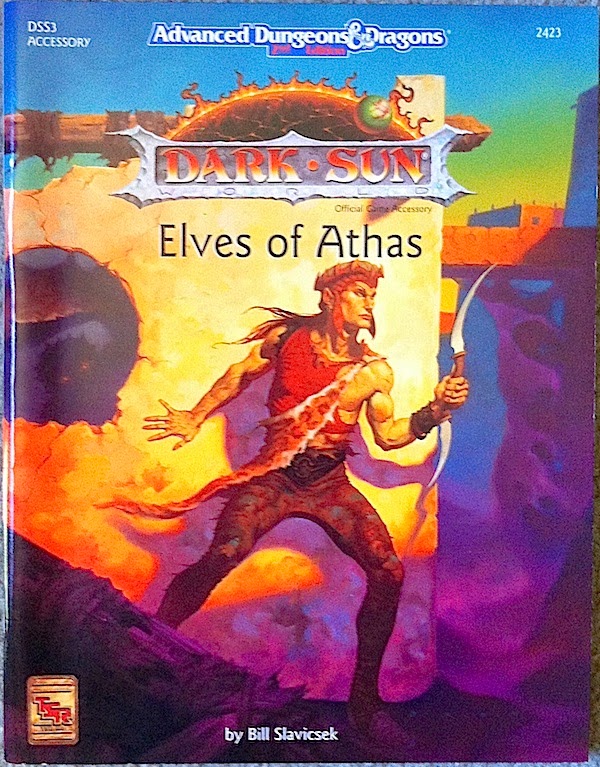
The land speeders of the Horus Heresy Era are strikingly similar to the 40,000 era, including the points cost. There are a few differences in upgrades available, as you might expect. Chief amongst them is the havoc launcher.
Additionally a single squadron can take up to five members. So it then becomes an entertaining challenge as to how to kit them all out for dakka (or otherwise).
Here are a few build ideas to whet your appetite. I have deliberately kept the armaments the same within each example. A huge ad-mixture of armaments within a squad is not advisable.
Legion Land Speeder Squadron with 3 land speeders, each with multi-melta, graviton gun and 2 hunter-killer missiles (285 points)
I think you can guess the purpose of this squad without me writing it. Launch the hunter-killer missiles. Head toward a surviving tank. Blast it with the multi-meltas and/or take advantage of the haywire component of the graviton gun. Soak up any transport vehicle marines in the next turn, or let a different unit deal with them.
Legion Land Speeder Squadron with 3 land speeders, each with a multi-melta (180 points)
A more "base" version of the above. Purely to get in to position and turn a tank in to slag and dross.
Legion Land Speeder Squadron with 5 land speeders, each with additional heavy bolters (325 points)
Each land speeder has 2 heavy bolters, hence there is a whopping 6 heavy bolters being carried around at high speed here. Enjoy the dakka!
Legion Land Speeder Squadron with 2 land speeders, each with a plasma cannon and heavy flamer (160 points)
These guys pick off targets with the low AP on the plasma cannons and use the heavy flamer as a charge deterrent when they swoop in to contest or claim objectives.
Legion Land Speeder Squadron with 4 members, each with a havoc launcher and a single hunter-killer missile (300 points)
This mixed weaponry platform is to use the first turn to tank kill (preferably transport tanks) and then follow up with the havoc launchers (and/or heavy bolters) to finish off their contents.









